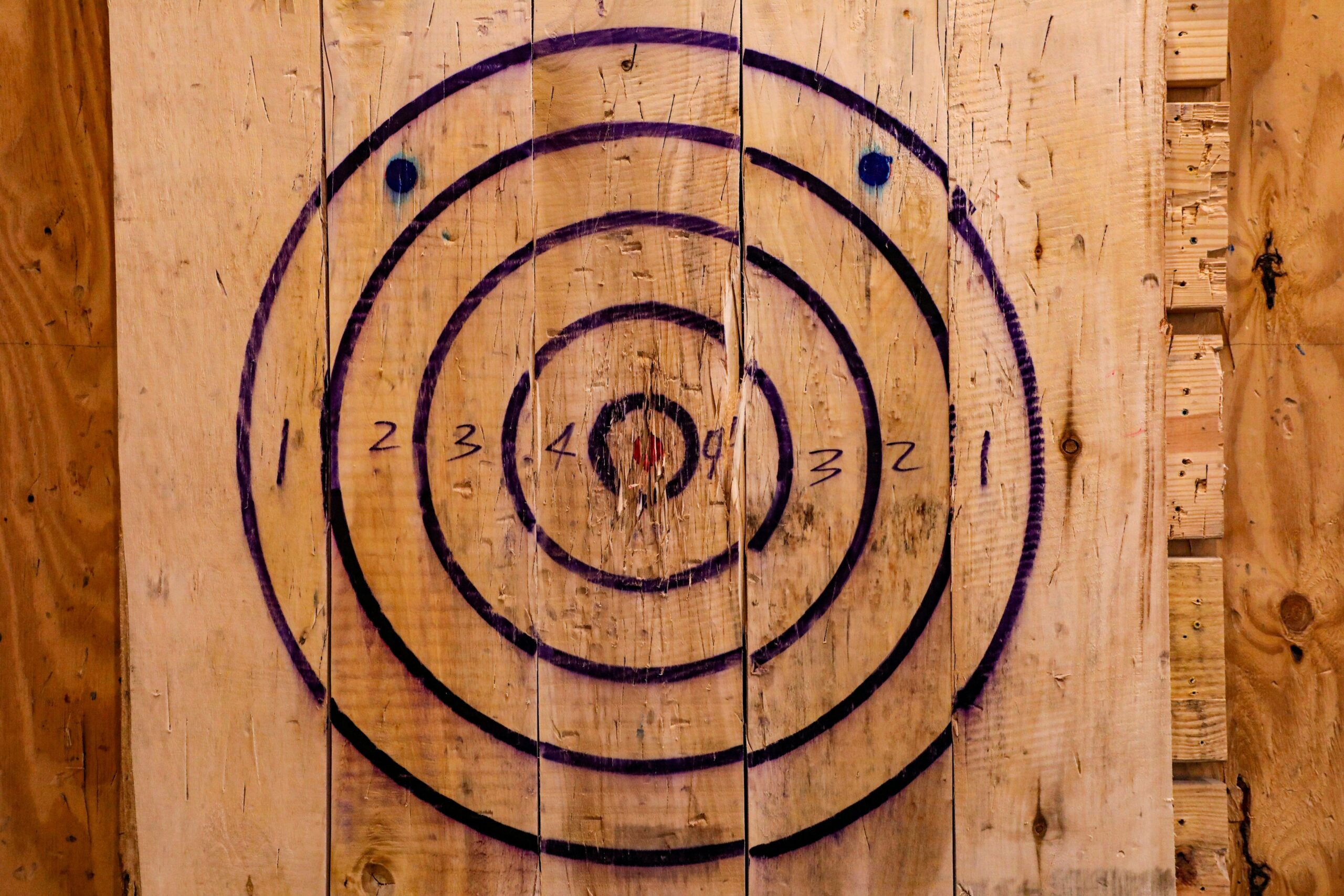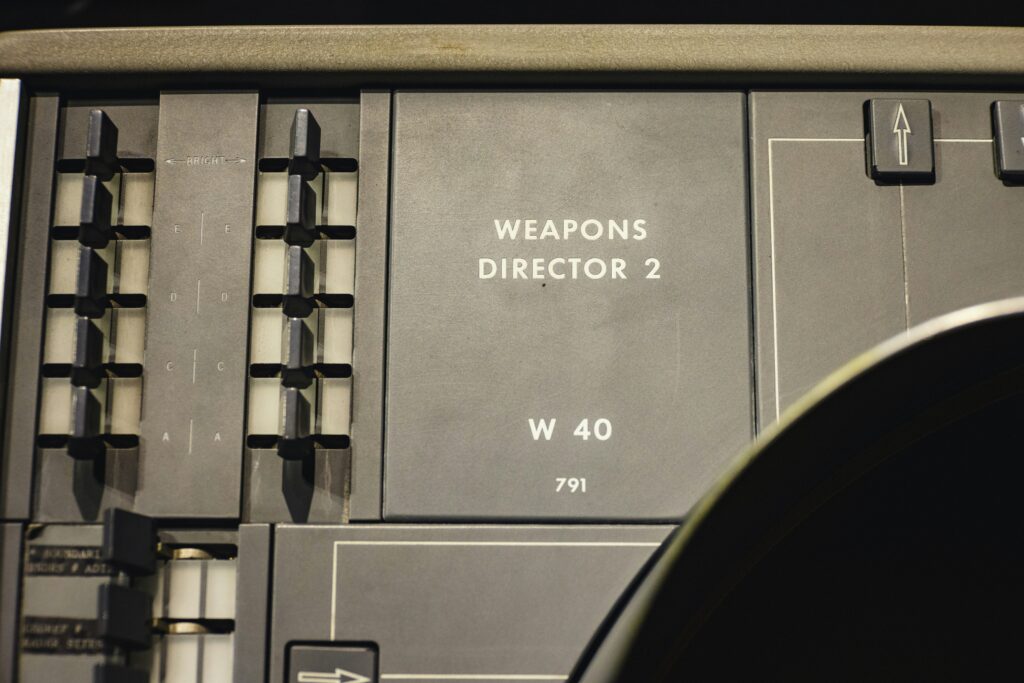Ever lost a game because you got caught in the storm? Yeah, us too. Zone rotation is one of the most underrated yet crucial skills for any Fortnite player aiming for competitive play—especially when it comes to the Fortnite World Cup. Whether you’re just starting or looking to take your gameplay up another notch, mastering zone rotation tactics can make all the difference between winning and watching from beyond the storm wall.
In this guide, we’ll dive deep into Zone Rotation Tactics, breaking down how they work, why they matter, and how you can use them effectively at every stage of the match. You’ll learn everything from reading the storm pattern, timing your rotations perfectly, avoiding unnecessary fights, and optimizing positioning during endgame scenarios. So buckle up—it’s time to conquer that circle!
Table of Contents
- Why Zone Rotation Matters
- How to Read the Storm
- Perfect Timing & Safety First
- Avoiding Fights During Rotations
- Endgame Zone Control
- Pro Tips for Smooth Rotations
- Common Mistakes to Avoid
- Case Studies: Winning with Rotations
- FAQs on Zone Rotation
Key Takeaways
- Understanding map pressure and controlling key landmarks are critical components of effective zone rotation.
- Prioritize safety over loot; surviving longer often trumps having better gear early on.
- Practice makes perfect: The more you understand the meta patterns of each map version, the better you’ll adjust in real-time.
Why Zone Rotation Matters?
Let’s cut straight to the chase—Fortnite isn’t about camping. Staying alive means moving strategically while minimizing risk. That shrinking storm zone creates constant urgency, forcing players to adapt their positions. But here’s the kicker:
“Optimist You:” *‘Rotating smart gives me an edge against opponents who only focus on building walls.’*
“Grumpy You:” *‘Ugh, fine—but only if my ping cooperates today.’*

Rant Time:
I’ve seen way too many players sprint blindly through open fields without considering sightlines or high-ground threats. It’s like walking into a lion’s den wearing meat armor—it doesn’t end well.
How to Read the Storm
Learning to predict where the storm will contract next is pure art mixed with science. Here’s a breakdown:
- Observe Previous Closes: Analyze earlier phases to guess future moves.
- Map Awareness: Use landmarks (like Tilted Towers) as reference points.
- Storm Angles: Notice diagonal pulls toward specific quadrants.
Pro Tip: “A good rule of thumb is assuming the storm favors popular POIs less often than outskirts.” Sounds counterintuitive but trust me—this strategy is chef’s kiss for catching enemies off guard.
Perfect Timing & Safety First
Timing is EVERYTHING in rotation:
-
<
- Early Game: Focus on securing resources before committing fully.
- Mid Game: Start adjusting based on predicted final zones.
- Late Game: Stay mobile yet hidden until absolutely necessary.
<
Note: Don’t rotate alone unless you’re certain no one else is nearby. Team synergy ensures shared awareness, which keeps everyone safer overall!
Avoiding Fights During Rotations
One cardinal sin rookie players commit? Getting baited into unnecessary fights mid-rotation. Not cool, not smart.
Instead…
- Sneak around via natural cover (trees, rocks).
- Use terrain elevation to mask movement.
- If spotted, prioritize disengagement immediately.
Endgame Zone Control
By now, there should be fewer variables affecting outcomes:
- Position closer to expected center points.
- Minimize exposure by hugging structures/buildings.
- Keep eyes peeled using scoped weapons to scout safely.
Remember… sounds like your laptop fan during a 4K render – WHIRR! Your brain must stay sharp even under pressure!
Pro Tips for Smooth Rotations
#1 – Map Annotations Rock!
Mark potential enemy routes / chokepoints ahead of time.

#2 – Always Have Exit Plans
No retreat equals guaranteed doom—you need escape blueprints ready always!
#Etiquette Tip:
No hogging loot chests right before entering danger zones plz & thx 🙌✨🐱🏍
Common Mistakes to Avoid
Burn these errors into memory:
- Last-minute dashes cause most deaths—not worth risking unless desperate.
- Crossing wide-open spaces openly invites snipers galore.
- Overextending past safety buffers = surefire disaster recipe.
Case Studies: Winning with Rotations
Example #1:
Jonesy nailed his pathfinding last tournament by adhering strictly to wooded edges instead of exposed highways. Result? Final five placement guaranteed despite tough competition.
Example #2:
TeamFish used clever misdirection techniques near Moisty Mire ultimately outplaying rivals thanks solely due excellent coordination + mobility planning.
FAQs on Zone Rotation
Q: How do professionals decide exactly where to land initially?
A: Most pros rely heavily upon historic data plus instinctual analysis derived from countless hours practicing different strategies per season updates.
Q: What tools enhance understanding rotational dynamics?
A: Tools such as [name hypothetical utility app] provide heatmaps helping visualize busy sectors versus quieter ones.
Conclusion
You made it! Now go forth confidently wielding newfound knowledge regarding zone rotation tactics. Treat every upcoming skirmish seriously yet remain adaptable enough to flexibly respond dynamically depending upon ever-changing battlefield conditions.
Haiku Outro:
Storm looms dark ahead, Plan thy path wisely young grasshopper, Victory awaits.


